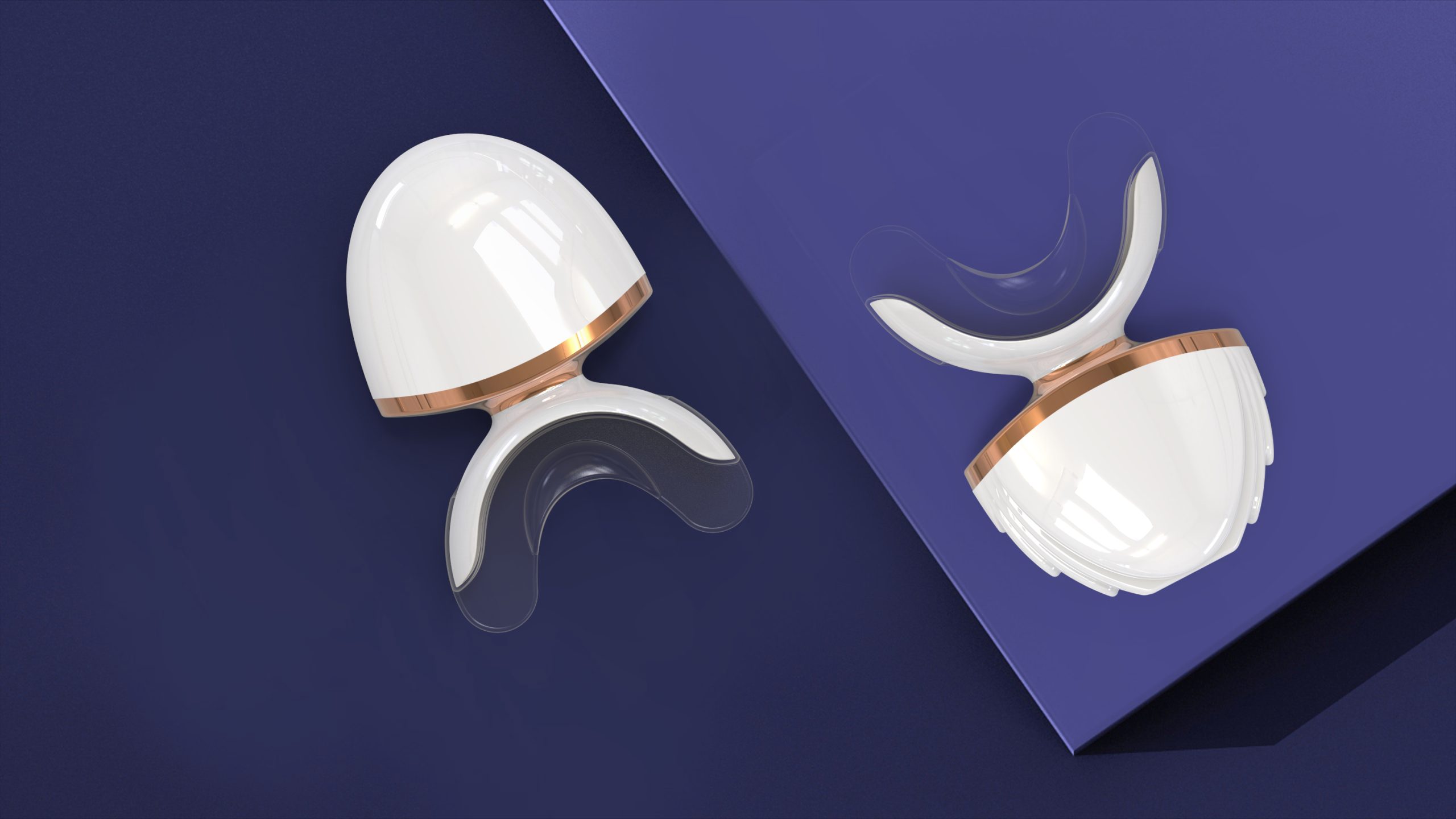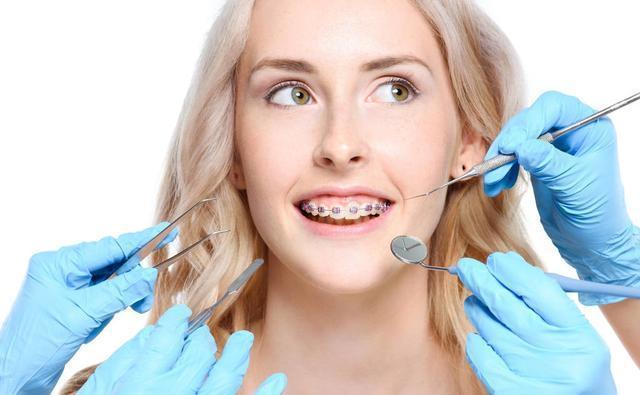As the oral care market evolves, hygiene expectations for devices like water flossers have increased significantly. Modern consumers seek Water flosser sterilization function that ensures safety, cleanliness, and reliable long-term performance. Two popular sterilization methods have emerged: UV sterilizing water tanks and silver ion nozzles. But how do they compare in terms of effectiveness and cost? In this article, we break down the pros and cons of each sterilization method through a comprehensive structure that includes microbial testing results, long-term maintenance needs, and cost-performance analysis.
As more consumers adopt water flossers for daily oral care, concerns about microbial buildup inside the device—especially in water tanks and nozzles—are growing. Traditional cleaning methods are often insufficient, driving demand for integrated bacteria-free water flosser technology that ensures daily hygiene with minimal user effort.
Leading manufacturers are now incorporating UV and silver ion technologies into their products. But how do these solutions stack up?
UV sterilizing water tanks use ultraviolet light—typically UV-C—to kill bacteria, viruses, and fungi by disrupting their DNA.
Advantages include:
High sterilization rate (up to 99.9% effectiveness based on microbial testing)
Non-chemical, residue-free process
Automatic activation during or after use
UV sterilization is particularly effective in humid tank environments where microbes thrive. However, the cost of integrating UV LED modules and the need for power source design increase the unit’s complexity and price.
Silver ion nozzles utilize coatings or embedded materials infused with silver ions, which are known for their long-term antibacterial properties.
Advantages include:
Continuous passive sterilization during storage and use
Cost-effective compared to UV modules
No energy consumption or mechanical parts
While silver ion solutions are generally less aggressive than UV-C in instant kill-rate, they are effective for reducing microbial growth over time, particularly on surfaces in frequent contact with water.
Recent microbial testing comparing UV sterilization and silver ion coatings has shown:
| Method | Immediate Bacteria Reduction | Long-Term Prevention | Maintenance Needs |
| UV Sterilizing Tank | 99.9% within 2–3 minutes | Moderate (requires repeat use) | Medium (light aging after 1–2 years) |
| Silver Ion Nozzle | ~80% over 24 hours | High (resists microbial regrowth) | Low (no active parts) |
This data indicates that while UV provides rapid results, silver ion coatings offer longer-term surface protection. Manufacturers may choose either based on target market needs.
From a B2B manufacturing standpoint, here’s a cost-performance analysis:
UV Sterilization:
Higher initial component cost (LEDs, wiring, sensors)
Requires waterproofing and power integration
Enhances product positioning for premium markets
Silver Ion Coating:
Lower upfront cost
Easier to implement into existing mold structures
Appeals to cost-sensitive and volume-focused product lines
Finding the right solution depends on your production scale, pricing strategy, and desired market positioning.
Both UV sterilizing water tanks and silver ion nozzles offer valid solutions in the race toward Water flosser sterilization function.
Choose UV sterilization for high-end products where instant disinfection is a premium feature.
Opt for silver ion nozzles when seeking a cost-effective, passive sterilization solution for mainstream models.
By conducting proper microbial testing and understanding your customers’ expectations, manufacturers can confidently select the right sterilization function—and communicate that value clearly through marketing and packaging.
Looking for support with integrating UV or silver ion technologies into your water flosser line? Contact our team for technical consultation and component sourcing expertise.https://www.powsmart.com/product/water-flosser/

How to Make Your Own Electric Toothbrush
.jpg)
Gentle Oral Care Products for Sensitive Gums: A Guide for Brands Seeking the Right Manufacturer
Luxury Gold Plated Electric Toothbrush Wedding Gift Surat
.jpg)
A Guide to Designing Good-Looking Electric Toothbrush: How Can Macaron Colors + APP Interconnection Increase Product Premium?
Can Electric Toothbrush Vibration Malfunction Cause Gum Recession? Shocking Truth!

Dentist’s Guide: Choosing the Right LED Whitening Device for Stains

How Can Voice Electric Toothbrush with Multi-Language Prompts Open Up the Silver-Haired Market?
.jpg)
Hawaii waterproof toothbrush vs. Hawaii beach toothbrush — which model makes sense for snorkeling trips?
Can Brush Head Rotation Cause Enamel Erosion?

How to Keep Teeth Clean with Braces: A Complete Care Guide

How Dentists Start an Electric Toothbrush Business Introduction
Explaining the Teeth Whitening Device and How to Use It?
Could Your Toothbrush Be Damaging Gums?

Key Process Traceability of Electric Toothbrushes: Quality Inspection Record Management of Motor Calibration and Waterproof Testing
-2-scaled.png)
Different Selling Points of Teeth Whitening Devices: Portable, APP-Linked, Gel Customization. Which Selling Point Attracts the Most Attention from Brands?

Waterproof Design Flaws of IPX7 Water-Resistant Water Flossers: Solutions to Seal Ring Aging and Water flosser Ingress Failures

Electric toothbrush heads Charcoal Infused-Diamond

electric toothbrush heads Deep Clean

Private Label Whitening Gel

electric toothbrush heads Regular Clean

electric toothbrush heads Charcoal Infuse-Round
.jpg)
Florida Electric Toothbrush – Powsmart PTR-C8

electric toothbrush heads Ultra Soft

Customization Teeth Whitening Gel
whstapp
whstapp
National Toll-Free Service Hotline
+86 755 86238638